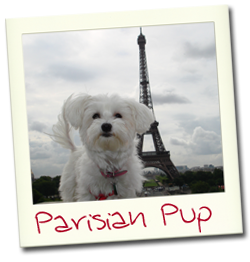I could not have described the museum or the times better than the Internet...so here you go:
Budapest is home to one of the most powerful museums in Europe. Illustrating the grim decades of Nazi and Communist repression, the museum is the former headquarters for the secret police of both the Nazi and Communist governments. The building's awning has the word TERROR cut out of it, and when the sun projects through these letters, it symbolizes the terror which was projected onto the Hungarian people for fifty years.
After allying themselves with Hitler to save their own skins (and their Jewish population), Hungary was overtaken by the Nazi-affiliated Arrow Cross in the waning days of World War II. Arrow Cross members did their best to exterminate Budapest's Jews. They killed Jews one-by-one in the streets, and were known to tie several victims together, shoot one of them, and throw him into the freezing Danube — dragging the others in as well. They executed hundreds in the basement of this building.
When the communists moved into Hungary, they took over the same building as headquarters of their secret police (the ÁVO, later renamed ÁVH). To keep dissension to a minimum, the secret police terrorized, tried, deported, or executed anyone suspected of being an enemy of the state.
The museum's atrium features a Soviet tank and a huge wall covered with portraits of the victims of this building. The modern, stylish, high-tech exhibit is designed for Hungarians, but the English audioguide gives tourists the same powerful experience. Each room is stocked with free English fliers.
The museum has many memorable exhibits, such as rooms featuring Gulag life, Social Realism art and propaganda, a labyrinth of pork fat bricks reminding old timers of the harsh conditions of the 1950s (lard on bread for dinner), and religion (joining the Church was a way to express dissent). While following elderly Hungarians through the corridors, it was poignant to think they had personal memories of the terrors that came with Hungary's "double occupation." They knew many of the victims…and perpetrators.
The last section begins with a three-minute video of a guard explaining the execution process played while you descend by elevator into the prison basement. In the 1950s this basement was the scene of torture. In 1956 it became a clubhouse of sorts for the local Communist youth club. It's renovated today, circa 1955. During the 1956 revolution, 200,000 fled to Austria and the West during the two weeks of chaos before the USSR pulled a Tiananmen Square. The Hall of Tears remembers 25,000 who died in '56.
The last two rooms — with the only color video clips — show the festive and exhilarating days in 1991 when the Soviets departed, making way for freedom. Scenes include the reburial of local hero Imre Nagy; the pope's visit; and walls of "victimizers" — local members and supporters of the Arrow Cross and ÁVO, many of whom are still living, and who were never brought to justice.












No comments:
Post a Comment